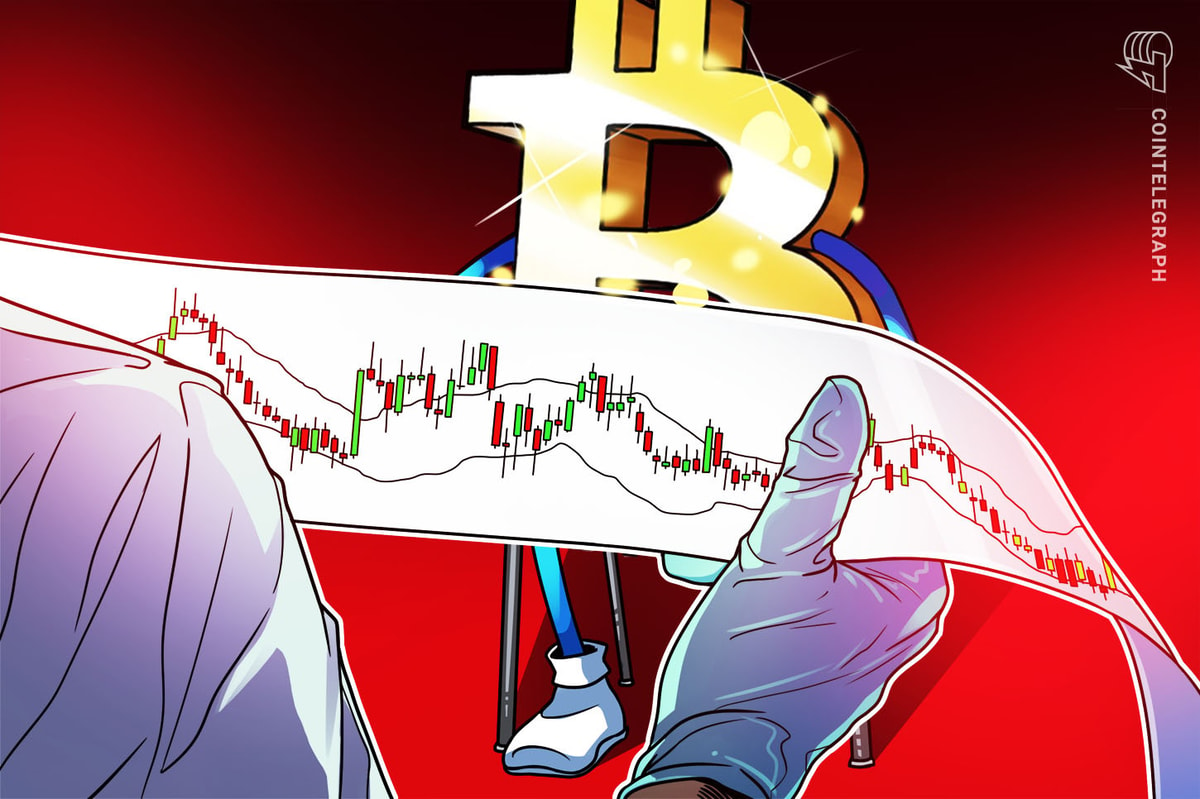Understanding the Bitcoin filtering map is necessary in dealing with the fluctuations inherent in the encryption market. The visible tool displays potential liquidation levels, indicating the place where large demands may cause successive price changes.
This post explores how to explain Bitcoin’s filtering map, allowing you to trade more intelligent in the world of volatile cryptocurrencies.
What is the liquidation in the encryption trade?
In the currency trading, the filter occurs when the stock exchange closes a strong position for the trader due to the insufficient margin to pay the losses. This usually happens when the market moves sharply against the situation.
The long rank occurs when prices decrease, affecting merchants betting on the upward trend. The short mattress occurs when the prices rise unexpectedly, affecting those who bet on a decrease.
Do you know? In Crypto, one filter series can wipe millions in minutes, not run by piracy but by traders who use a lot of influence in the wrong time.
What is the map of bitcoin filtering?
Bitcoin’s filtering map is a visual heat map indicating price levels where large qualifiers are expected. These maps help merchants to determine the areas where the functions of benefit from this may be closed by force if the prices fluctuate sharply.
Tools such as Coinglass provides Bitcoin (BTC) liquidation maps in actual time, and valuable resources for merchants who realize risks.
With a filter map, you can
-
Use penetration trading strategies for profitable chicken scalp opportunities.
-
Set loss levels based on the main filter areas to improve risk management.
-
Higher bonding areas are targeted to secure profits efficiently.
-
Enter large deals near liquidity groups to reduce slip and enhance implementation.
-
An analysis of the liquidation intensity to expect potential price movements.
Perform the filter map and key components
The X -based axis of the liquidation is the offer of the offer, while the axis of the axis refers to the relative force of the liquidation activity. Each column on the drawing explains the importance of the relativity of the filtering group compared to other groups.
The graph shows how the market will respond if the price reaches some thresholds. The longest filtering indicates a higher potential effect. Various shapes are only for visual clarity, allowing users to distinguish between distinct filtering areas.
Here are the main components of the filter map:
-
Heat areas: It indicates where most situations can be eliminated if the price reaches specific levels.
-
Liquidity baths: Groups of stopping loss and liquidation orders that can cause fast price movements.
-
Open interest levels: Show where large quantities of positions are concentrated.
-
Prices or gaps: Disclosure of areas without support or resistance, allowing prices to move quickly.
Do you know? The herd coding qualifiers often follow. When many traders put similar bets, the filter maps illuminate and use whales as targets of the price.
How to use a filter map in your Bitcoin trading strategy
Bitcoin’s liquidation map provides an insight into potential price movements and risk areas by representing places that are likely to be closed.
Here is how to use a filtering map in Bitcoin Trading:
-
Determination of high -risk areas: Determine places with dense filtering groups to avoid overcoming. These areas appear as a magnet, as they attract price changes that may cause a series of liquidation.
-
Enter time and exit: Filter groups help find optimal entry and exit points. Entry and out of the professions before the group is fraught with risks to locking profits before reflections.
-
Collecting with technical indicators: Enhance your research by combining filter maps with tools such as support/resistance levels and RSI. This puts a comprehensive vision of the market conditions.
-
Avoid herd mentality: Caution exercise in places with high concentrations of leverage. Such areas may be trapped by larger players to urge the liquidation and profit from the resulting fluctuations.
-
Whale’s activity monitoring: Traders often target the liquidation areas frequently to convert price movements into their interest. Monitoring these patterns can provide visions about possible market movements.
-
Expect reflections: The markets often face repercussions after great liquidation events. The realization of these trends can help to determine the positions of potential bounces.
-
Implementation of strong risk management: Use stops and handle the leverage carefully. The filter maps can help you determine where these requests are placed to reduce exposure.
Common errors that should be avoided when using a bitcoin filter map
The use of Bitcoin’s filtering map can enhance trading decisions, but the interpretation of mismanagement can lead to expensive errors. Below are common mistakes that you need to avoid:
-
Blind trading towards liquidity areas: If you are trading towards liquidity areas without thinking, expect reflections.
-
Colors of a map of poor reading or scaleCreating a mistake in the map or range colors can distort your risk assessment.
-
Excessive reliance on liquidation data without contextMaps are valuable tools, not a guarantee that what they reflect will happen.
-
Ignore macro news or feelings analysisExternal events often exceed technical signals. A sudden event may make all predictions fall.
Always combine the filter maps with a wider technical analysis. Smart trading requires context, not just colored plans.
This article does not contain investment advice or recommendations. Each step includes investment and risk trading, and readers must conduct their own research when making a decision.




